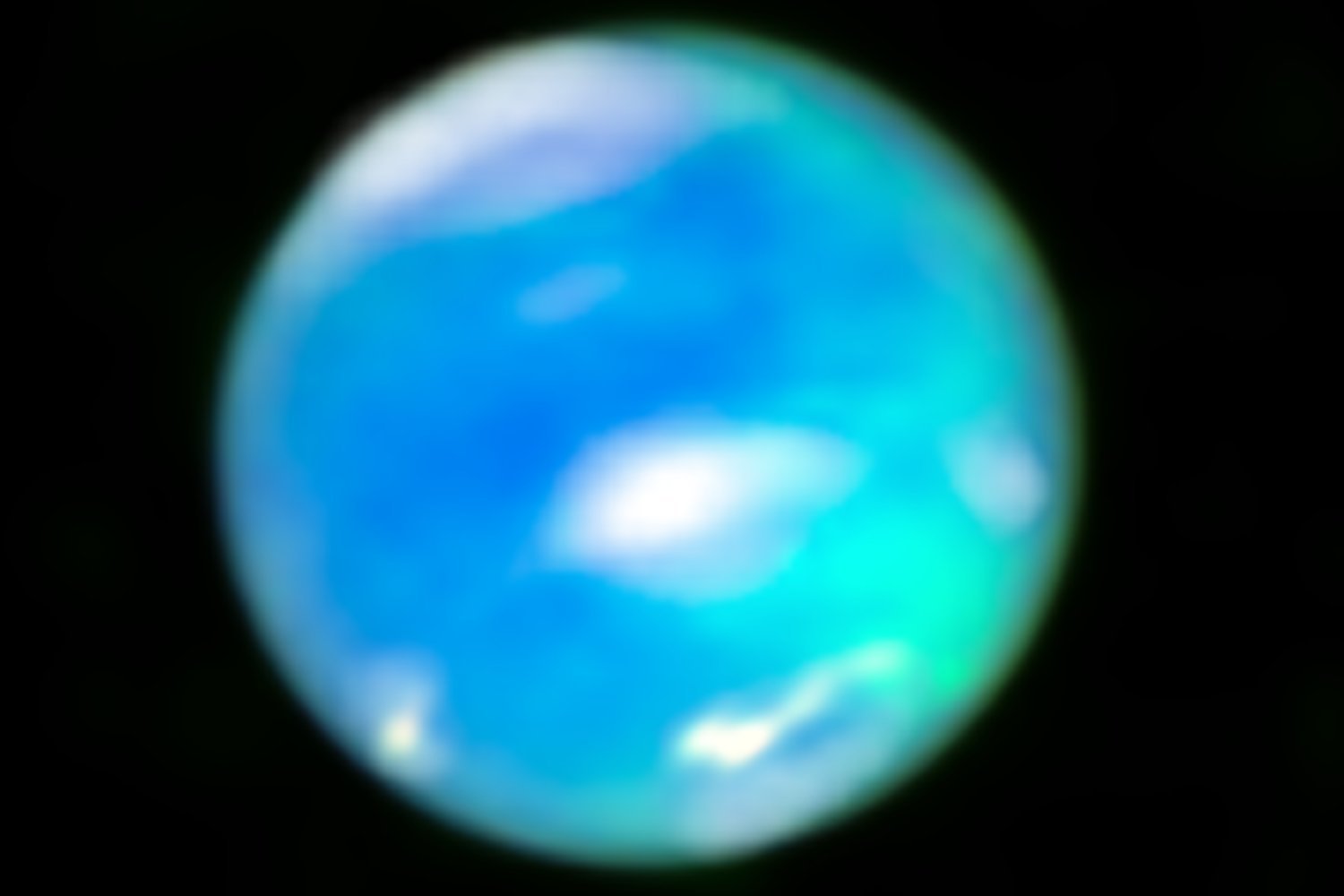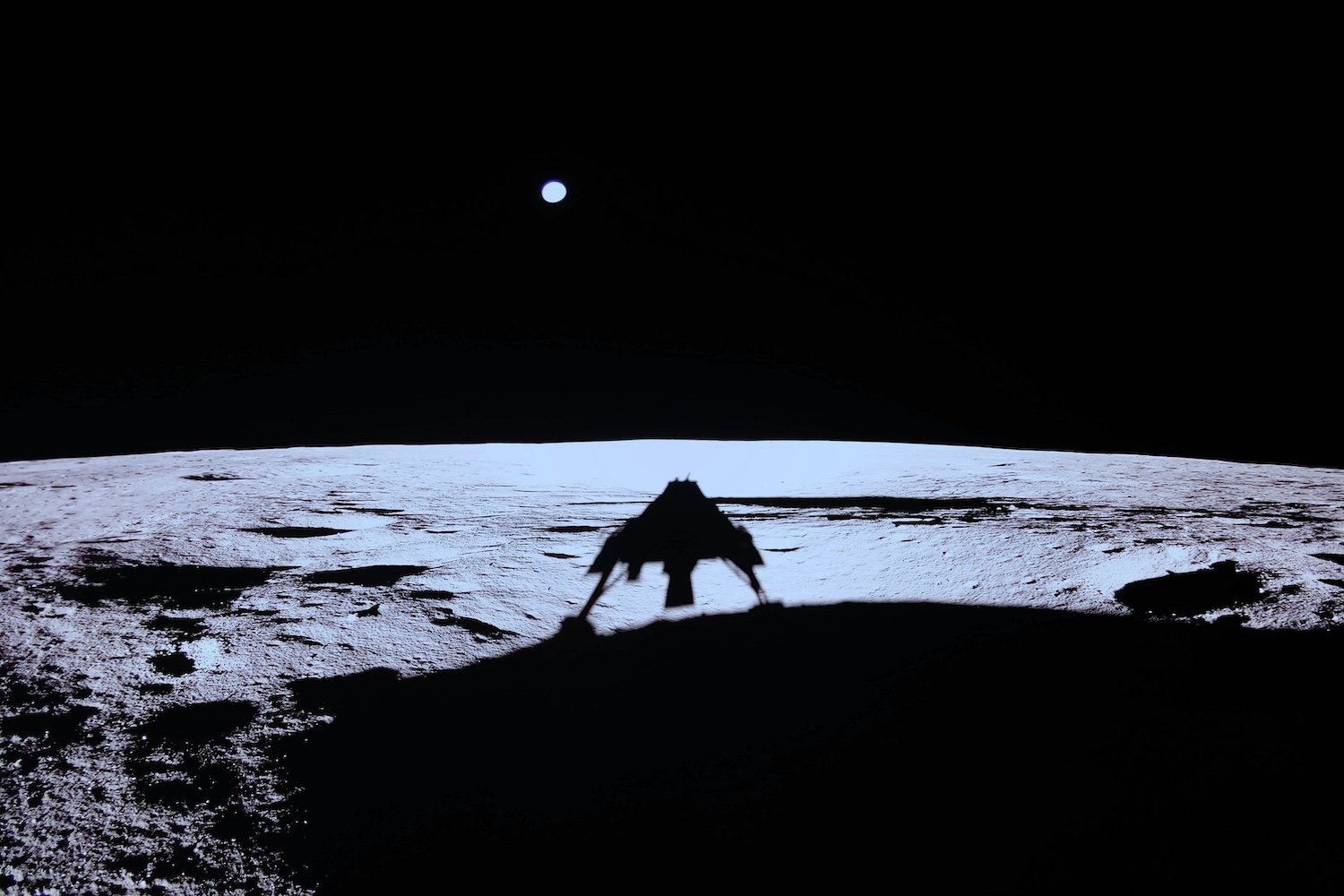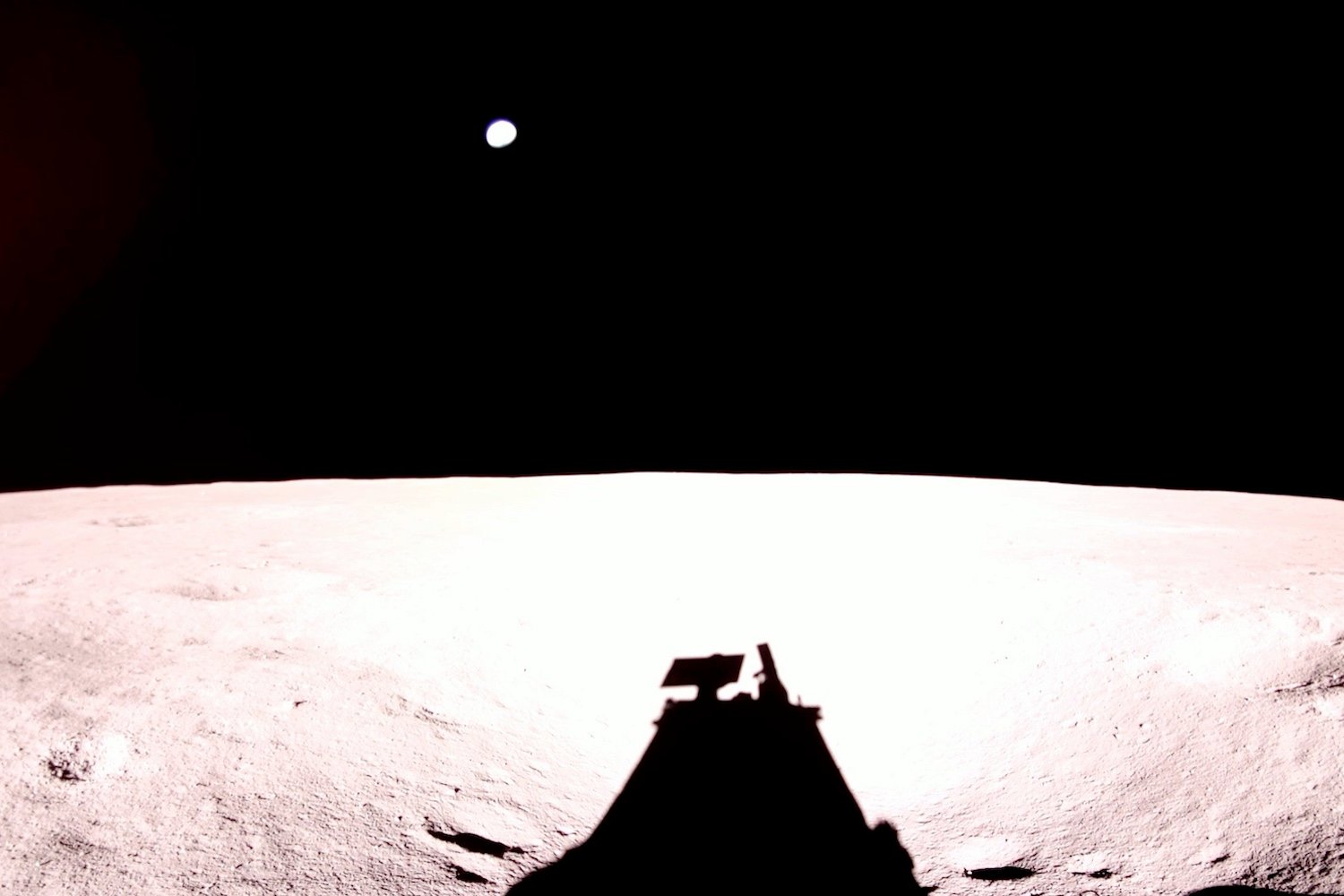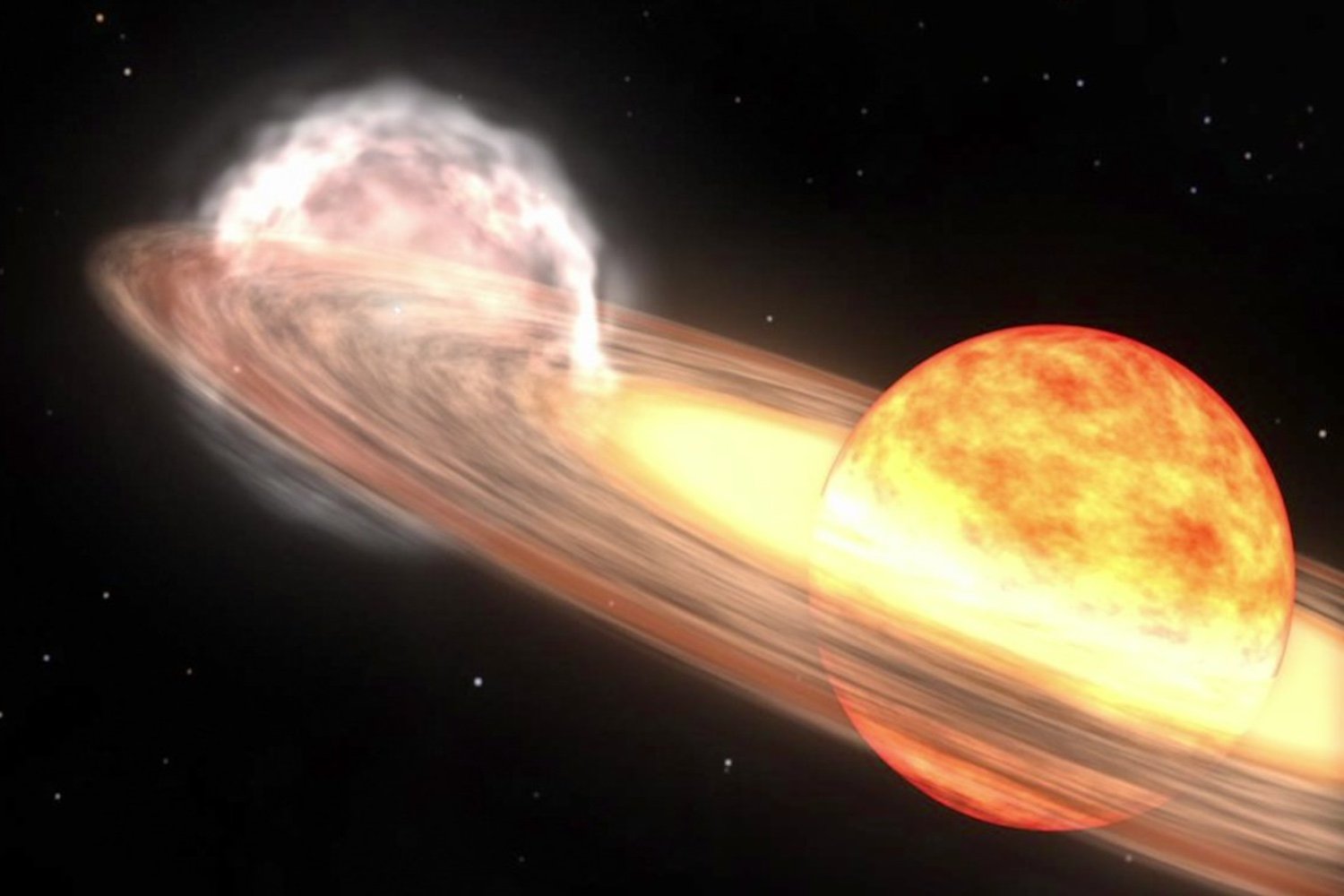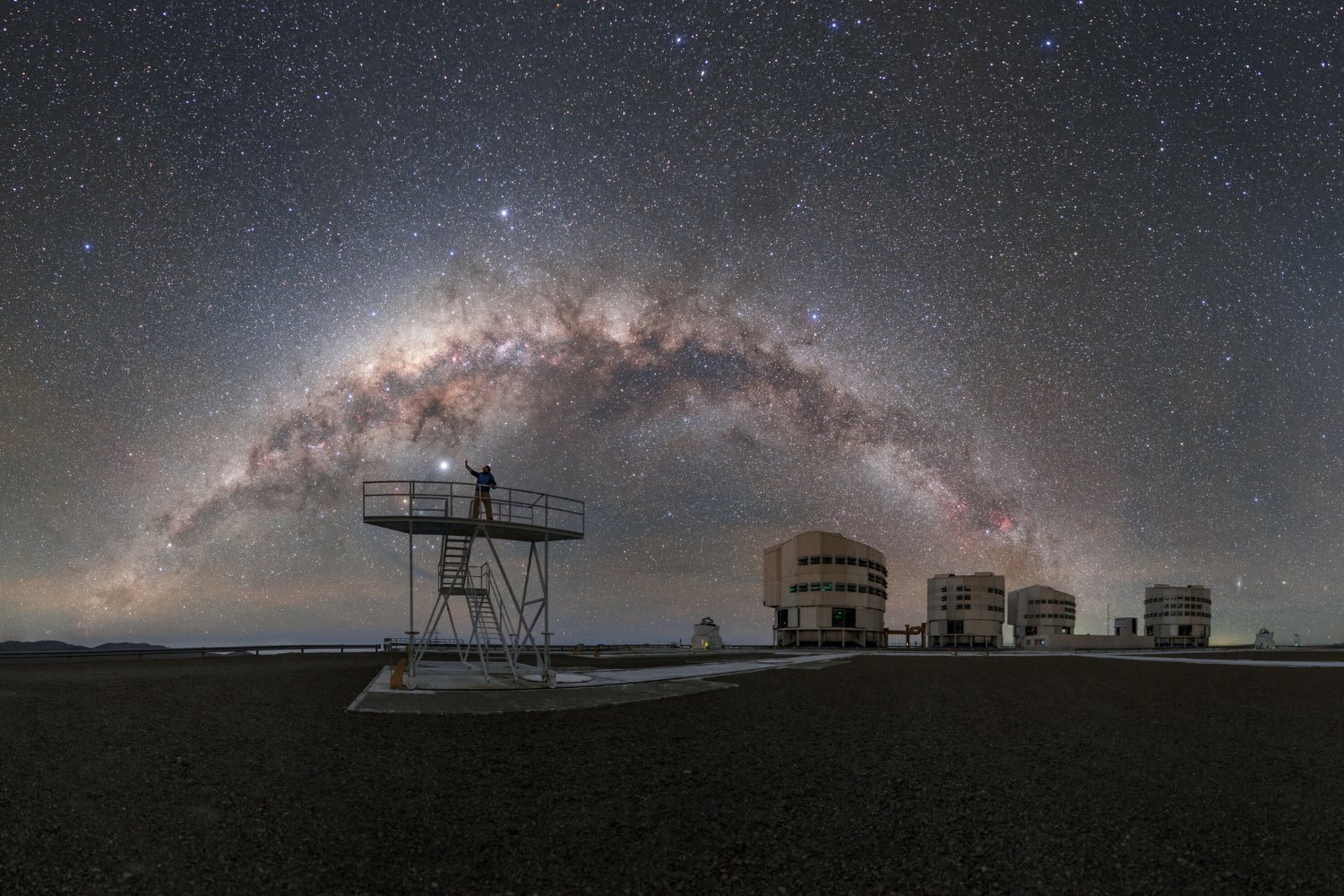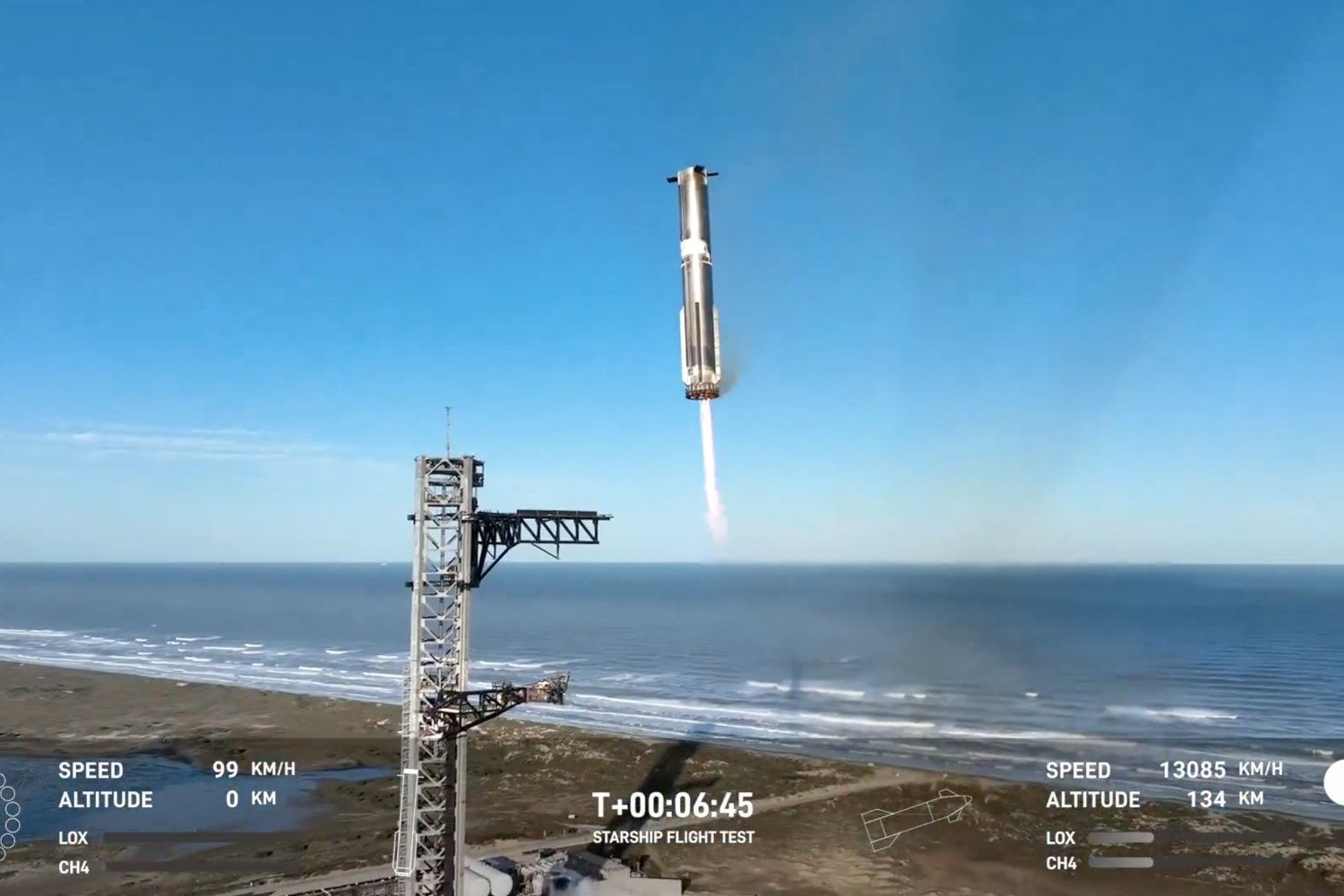The James Webb Space Telescope (JWST) has provided the first definitive visual confirmation of auroras on Neptune, a phenomenon long suspected but never clearly observed on the ice giant. This breakthrough offers unprecedented insights into the planet’s atmospheric composition, temperature, and unique magnetic field.
The stunning near-infrared images captured by JWST’s spectrograph reveal auroral activity on Neptune, confirming faint hints initially detected by Voyager 2’s flyby in 1989. This marks the first direct evidence of these mesmerizing displays on Neptune, completing the picture of auroral activity across our solar system. As lead researcher Henrik Melin of Northumbria University stated, “It was so stunning to not just see the auroras, but the detail and clarity of the signature really shocked me.” This discovery is detailed in a new paper published in Nature Astronomy.
Neptune, located approximately 3 billion miles (4.8 billion kilometers) from the Sun, is a challenging target for observation. Voyager 2 remains the only spacecraft to have visited Neptune, offering valuable information about its atmosphere, rings, and moons. While Voyager 2 hinted at the presence of auroras, the JWST’s advanced infrared capabilities were essential for capturing clear images of this elusive phenomenon.
The first evidence of auroras beyond Earth emerged in the 1970s, thanks to the Pioneer and Voyager missions. These missions detected signs of auroral activity on Jupiter, Saturn, Uranus, and Neptune. However, until now, Neptune was the only planet lacking direct visual confirmation of auroras.
Data collected in June 2023 by the JWST not only revealed Neptune’s auroras but also enabled scientists to characterize the composition and temperature of its upper atmosphere. Intriguingly, Neptune’s auroras differ from those observed on other planets. Instead of being confined to the polar regions, they occur at mid-latitudes, similar to the geographical location of South America on Earth.
This unusual placement is attributed to Neptune’s unique magnetic field, which is tilted 47 degrees from its rotation axis. Auroras are typically observed where a planet’s magnetic field interacts with its atmosphere. Therefore, Neptune’s tilted magnetic field results in auroras appearing far from its rotational poles.
This discovery underscores the importance of infrared instrumentation for studying auroras on ice giants. As Leigh Fletcher, a planetary scientist from the University of Leicester and co-author of the study, explains, “As we look ahead and dream of future missions to Uranus and Neptune, we now know how important it will be to have instruments tuned to the wavelengths of infrared light to continue to study the auroras. This observatory has finally opened the window onto this last, previously hidden ionosphere of the giant planets.” The JWST’s observations pave the way for a deeper understanding of the complex processes at play in the outer reaches of our solar system.



